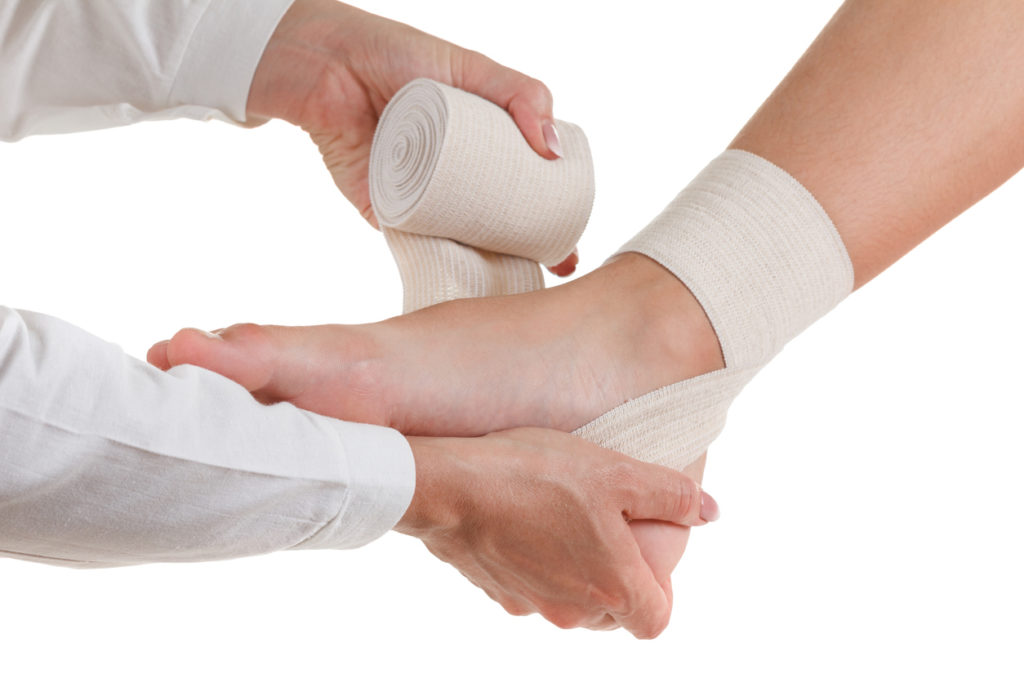5 Tips to Ease Your Ankle Pain Quickly
Whether you go to work or stand in the kitchen, your feet and ankles are always at work. Hence, if you are experiencing walking pain, it might greatly impact your everyday life and irritate you. Whatever the root reason for your Portland ankle pain, some solutions may help you feel better and return to life. These are the top 5 strategies to alleviate your ankle discomfort.
- Rest and ice
One of the most effective ways to reduce ankle pain is by giving it time to rest. If you have an injury or inflammation in your ankle, avoiding activities that exacerbate the pain is essential. Resting the ankle can help reduce swelling and inflammation, which in turn can alleviate pain.
Additionally, applying ice to the affected area can help reduce inflammation and numb the pain. You can wrap ice cubes in a towel or use a cold pack on your ankle for 10-15 minutes several times daily. Be careful not to apply ice directly to your skin, as it can cause skin damage.
- Compression and elevation
Another way to reduce swelling and pain in your ankle is by compressing and elevating the affected area. Compression can help reduce fluid buildup and support the ankle, while elevation can help reduce inflammation by improving blood flow and relieving pressure.
You can use an elastic bandage or a compression sleeve to compress your ankle. Wrap the bandage or sleeve snugly around your ankle, but not too tightly so that it cuts off blood flow. Take it off before you turn it in for the night. To elevate your ankle, lie down and place a pillow under your foot. The aim is to keep your ankle higher than your heart level.
- Oral or topical pain relievers
Nonsteroidal anti-inflammatory medications (NSAIDs) may efficiently treat pain and inflammation. Pain relievers like paracetamol and ibuprofen may assist, but getting the doctor’s approval before you use any medicine is essential. Take care not to exceed the suggested dosage.
In contrast, topical analgesics, including menthol, camphor, and eucalyptus, are risk-free methods to alleviate pain. Apply them several times throughout the day. Your doctor may recommend stronger pills or creams for your illness.
- Seek professional help
If your ankle pain persists or is severe, it is essential to seek professional help. A healthcare provider can help diagnose the underlying cause of your pain and provide you with appropriate treatment options. They can also guide you in managing your pain and preventing future injuries. Depending on your ankle pain, your healthcare provider may recommend different treatments, such as physical therapy, corticosteroid injections, or surgery.
- Exercise
Consistent physical activity has been shown to ease foot and ankle pain and stiffness by relaxing tight muscles and tendons. The pain associated with plantar fasciitis, Achilles tendinitis, and ankle sprains is alleviated most noticeably with this treatment. The discomfort may be greatly reduced by doing something as simple as a quick stroll outdoors or performing some mild stretching.
It can be difficult to manage if you suffer from ankle pain. Thankfully, there are several tips you can use to ease your pain quickly. Determine which of these suggestions is most helpful by trying them out. Get back to your active lifestyle faster and start feeling better today.


